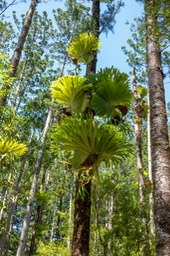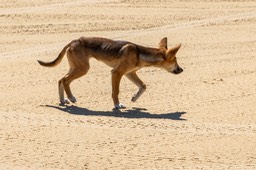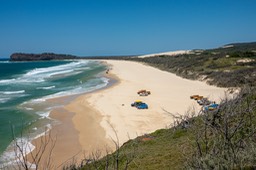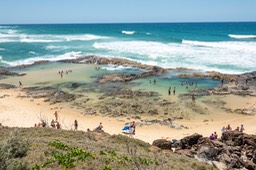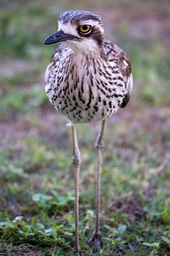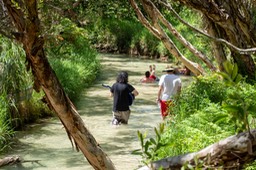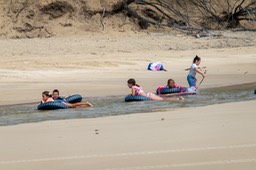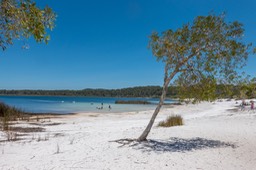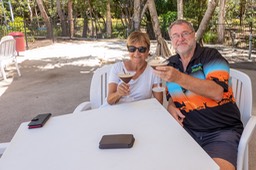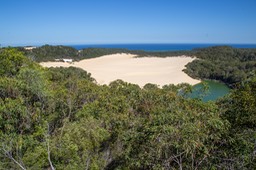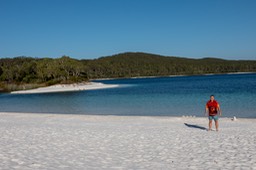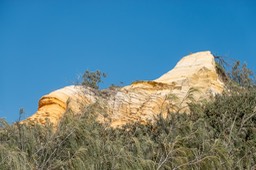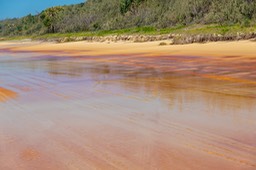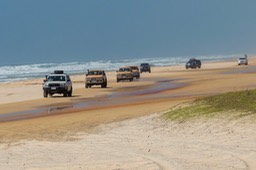
Lake McKenzie, Fraser Island
The Coral Coast and southern end of the Great Barrier Reef has some beautiful spots. Unfortunately, our arrival there was badly timed: too early for turtle breeding season and too late for the whale migration. We did see however a couple of big loggerhead turtles swimming close to shore. Elliott Heads was our favourite spot. 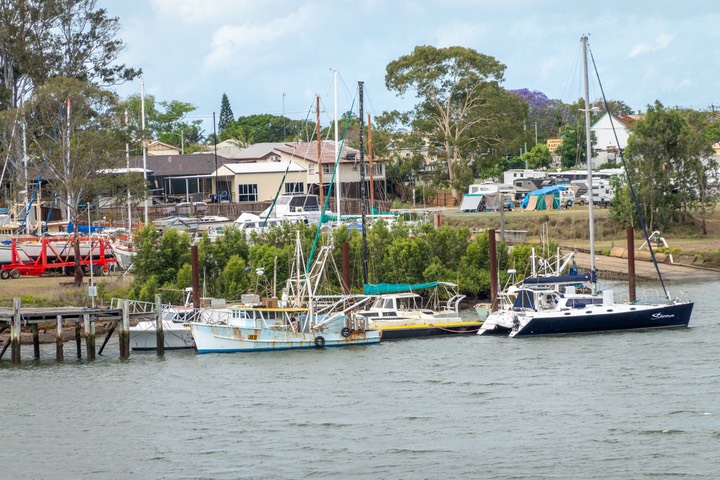
A little Inland in "sugar cane country” lies the town of Bundaberg. In the past, when sugar production was at a peak, the refineries were overflowing with molasses. The sweet, sticky substance was virtually flowing down the road. While having a beer in the pub and discussing what to do with the surplus by-product, a group of local Aussies had a brilliant idea: why not turn the molasses into an alcoholic drink?
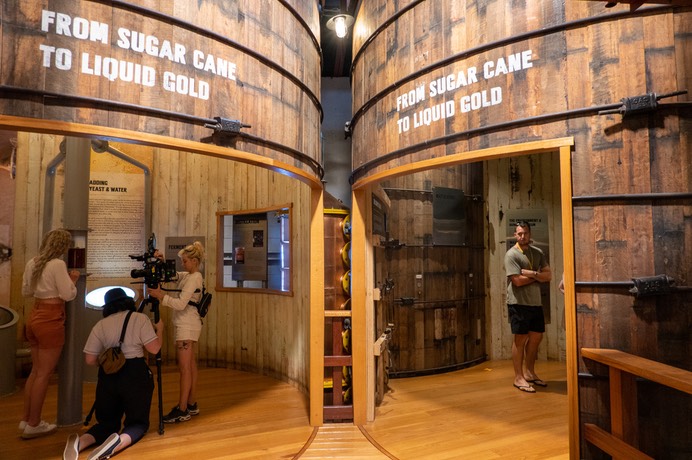 And so the Bundaberg Rum Distillery was born. The company went from strength to strength and still produces the very popular spirit in a variety of proof and flavours. Only local sugar and spring water is used. They even have their own strain of yeast for fermentation. Included in the distillery tour was a little rum tasting. Being a cheap drunk, a sip of proof rum and of a banana toffee rum liqueur and my day was done!
And so the Bundaberg Rum Distillery was born. The company went from strength to strength and still produces the very popular spirit in a variety of proof and flavours. Only local sugar and spring water is used. They even have their own strain of yeast for fermentation. Included in the distillery tour was a little rum tasting. Being a cheap drunk, a sip of proof rum and of a banana toffee rum liqueur and my day was done!
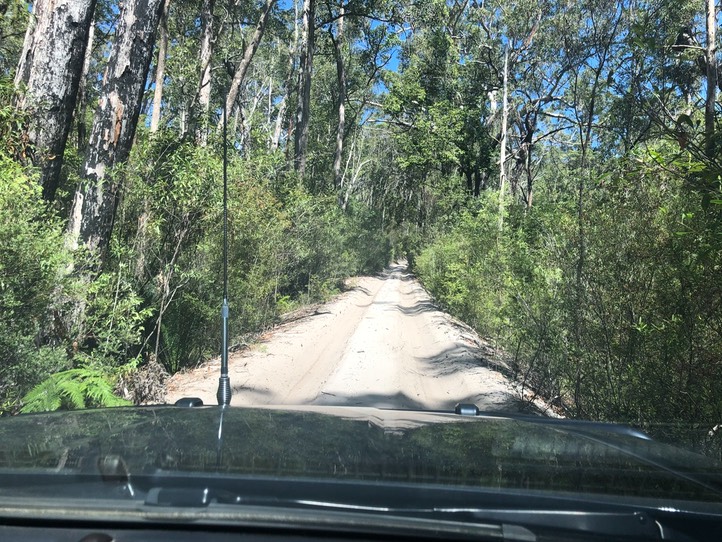
From Bundaberg, we were excited to move on to Fraser Island, a favourite place of ours from 40 yrs ago. And we weren’t disappointed! The Island is still spectacular! Fraser is the biggest known sand island. Sandy paths run through forests of tall Kauri and Satinay trees. Until the 70s these trees were logged and shipped off world wide, e.g. t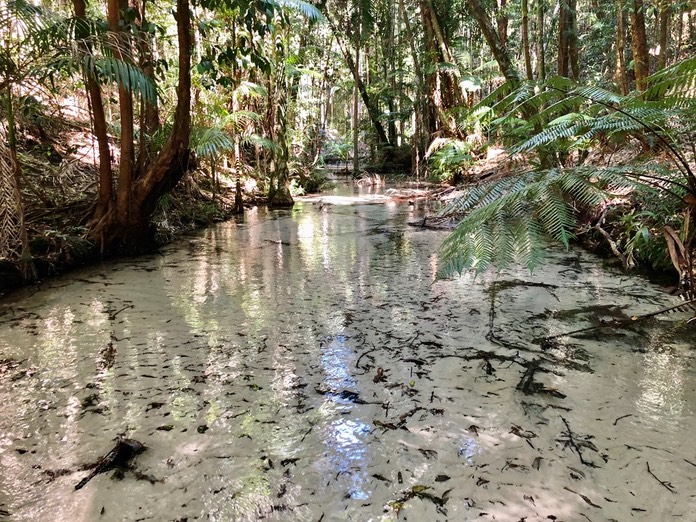 he strong wood of the Satinay was used after WWII to rebuilt the London docks and in the construction of the Suez Canal. Logging and sand mining stopped in the 1970s and now the island is just a place of beauty to be explored by 4WD or on foot. Pockets of rain forest and shallow, swirling freshwater creeks harbour their own fauna and flora. Some of the creeks make it all the way to the eastern beach, a 75 mile stretch of white sand.
he strong wood of the Satinay was used after WWII to rebuilt the London docks and in the construction of the Suez Canal. Logging and sand mining stopped in the 1970s and now the island is just a place of beauty to be explored by 4WD or on foot. Pockets of rain forest and shallow, swirling freshwater creeks harbour their own fauna and flora. Some of the creeks make it all the way to the eastern beach, a 75 mile stretch of white sand.
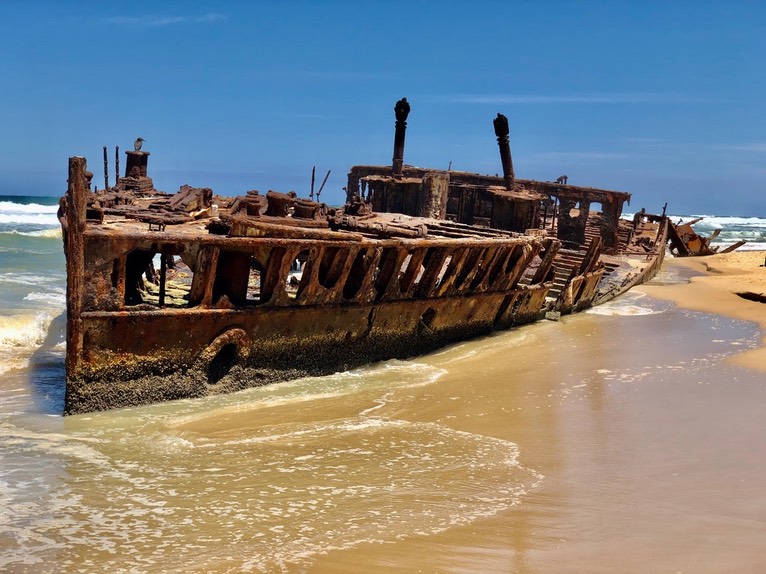 Here one can let their hair down and try one's 4WD skills on the ever changing “highway” of sand. Not everyone can use their own vehicle like us, but there is the option of tag along tours in a hired 4WD. A major attraction is still the Maheno Wreck. The former passenger and wartime hospital ship was being towed to its new owners in Japan when a surprise cyclone ripped the decommissioned ship off its towing line and washed it onto the beach. And here she still is 84 years later.
Here one can let their hair down and try one's 4WD skills on the ever changing “highway” of sand. Not everyone can use their own vehicle like us, but there is the option of tag along tours in a hired 4WD. A major attraction is still the Maheno Wreck. The former passenger and wartime hospital ship was being towed to its new owners in Japan when a surprise cyclone ripped the decommissioned ship off its towing line and washed it onto the beach. And here she still is 84 years later.
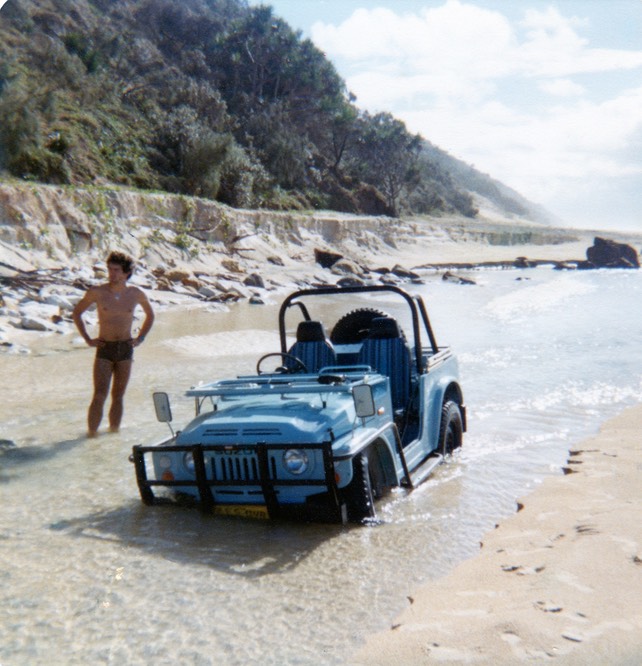
We stayed 5 days in a resort on the eastern side of the island and had plenty of opportunity to experience the diverse conditions of whatever the outgoing tides left behind: saltwater puddles, corrugated hardened sand, deep sand blows crisscrossed by ruts, muddy-wet stretches etc. Crossing the many freshwater creeks along the beach presents a particular challenge, as we learned the hard way 40 years ago!
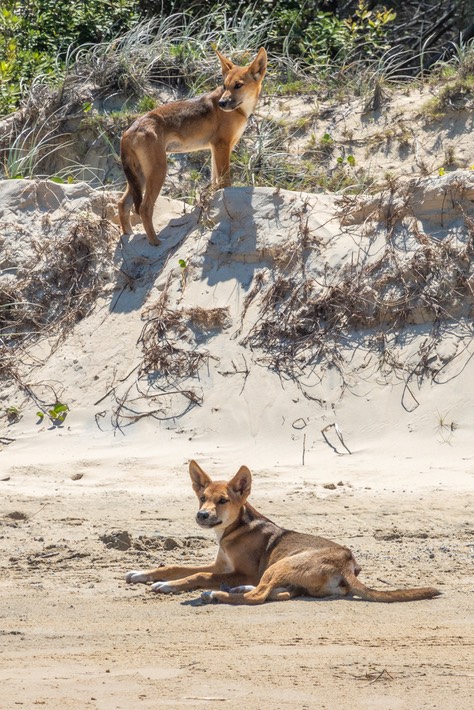
We were lucky then, that someone came along and winched our hopelessly bogged Suzuki out before the tide came in. This time it was our turn to drag someone out off a deep sand bog in Cornwells Road, which was an easy job for “The Beast” and much more enjoyable!
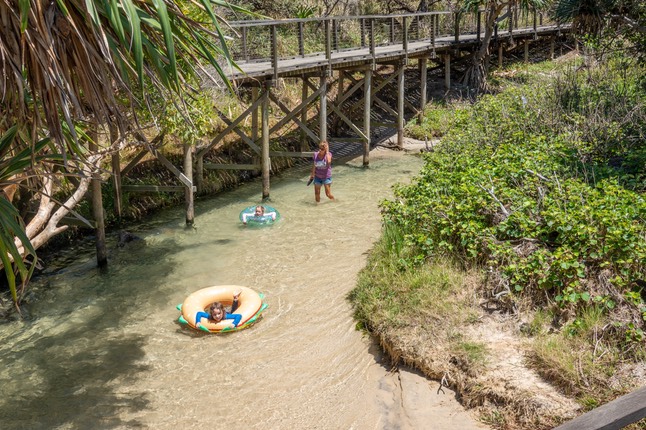
Eli Creek, the widest of the streams has become a favourite bathing spot. A short walk upstream and one can either float along the gentle loops on a tyre or wade through the knee high freshwater back to the beach. Lots of fun!
40 years ago there were still brumbies, wild horses, on the island. They were removed from the island in 2005 as they were causing damage to the natural environment. We met some of the original inhabitants though: the dingoes! The Fraser Island dingoes are said to be the last pure strain left. Unfortunately they have a bad reputation as they are known to attack campers. They work in packs and have recently dragged a small child out of a camper. Luckily, the father could shoo them off and save the child.
Here are some of our photos from the island:
